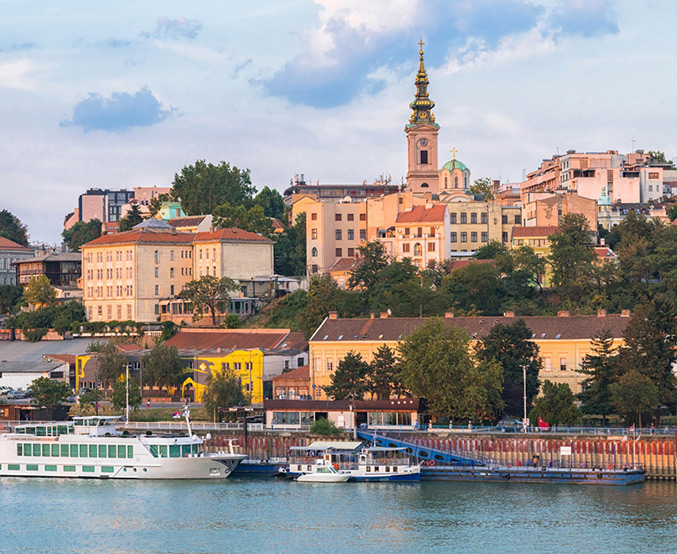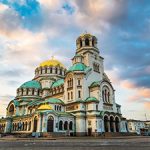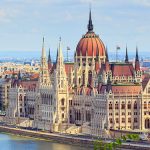Serbia
Serbia is full of majestic attractions waiting to be discovered, photographed, adored, and then photographed again. Landlocked in south of Europe, part of the Balkans, sharing land borders with Montenegro, Bosnia & Herzegovina, Bulgaria, Croatia, Hungary, Macedonia, Albania, and Romania.
Serbia has varying climates depending on where you decide to venture. Northern Serbia, known for its extreme freezing cold winters, while the south can be humid and hot in the summers. Central part of Serbia has moderate continental climate. It is one of the countries with such a mix of climates all depending on the area you visit.
The capital Belgrade is a must, but make time to venture deeper into central, western, and southern Serbia, some of the Balkan’s best national parks, and the autonomous region Vojvodina. Belgrade is one of the oldest cities in Europe and is built at the confluence of two rivers – the Daube and the Sava.
Things to See and Do in Serbia
Typical Costs When Travelling
Accommodation – Hotel accommodations are inexpensive in Serbia. Dorm like hostel rooms start at around $10 USD while a budget hotel for as low as $20-$30 USD. Many options of hotel chains that are considered luxury style rooms that start at $50 USD a night.
(Visit the Hotels.com website to find accommodations)
If you prefer Airbnb accommodations, Serbia offers many options starting from $20 a night on up. Those with a private room or full apartment rentals range from $35-$70 a night.
(Check out Airbnb.com for accommodations)
Food -Serbia is fairly affordable when it comes to food. You can get snack meals in local places for $1- $2 per person trying different choices like pljeskavica (Serbian style of hamburger), gyros and sandwiches. For decent meals expect to pay $4-5 per person in a restaurant.
To dine at a sit-down restaurant, a meal mid-range shouldn’t cost you more than $6-$10 an entrée. At an upscale restaurant option entrees start at approximately $11-$15.
(Visit the Travelzoo for places to dine.)
Transportation – Local transportation in Serbia the cheapest way is by bus around $1-$2 for a ticket inside the cities. If you prefer more comfort taxis can cost around $5 depending on the distance. You can rent a car in Serbia so convenient to move around and prices are around $30-$40.
For longer distances there are buses and trains connecting the largest cities in Serbia. The roads are good, and the distances aren’t so big. You will find prices for less than 10 USD.
Suggested daily budget – Average daily budget should be approximately $50 per person, including hotel, transportation, meals, and sightseeing. A week vacation for two people costs roughly $700 staying at mid-range hotels.
Money Saving Tips
What can I expect from Serbia?
- Language: Serbian is a Slavic language, but many Serbians speak English in urban areas.
- Currency: Serbian Dinar RSD; 100 RSD = 1 USD
- Plugs: 230V, plug types F and C or carrier with you a universal adapter.
- Safety: Serbia is a safe country. Scams and petty crime like pickpocketing are the most common danger you may face while traveling in the country.
- Vaccinations Needed: you will be required to show that you have been either vaccinated or had a recent negative COVID-19 to check into hotels. This may change over time so check this Tripsguard. Be prepared to wear a mask when entering any public facility.
- Playing chess is so common in the Balkans and you will find many locals playing in the parks.
- Although smoking indoors is technically prohibited, the laws are rarely enforced. Serbians smoke a lot!
- Kosovo is a sensitive subject so don’t make the mistake of discussing the past.
October 5, 2021









rahul singh negi
Appreciate the insights you’ve shared.
Very helpful tips, thanks for sharing.